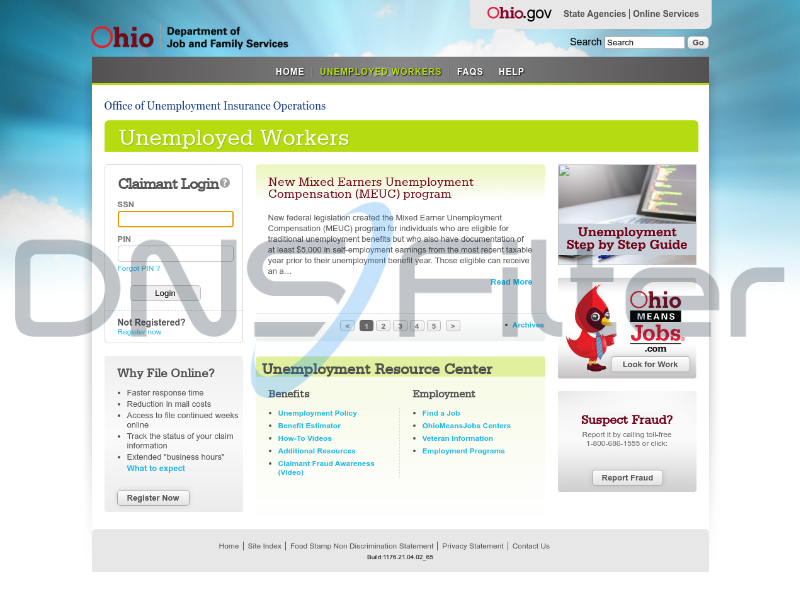DNS Cyber Attack Stats
by Carmella Arroyo on Sep 28, 2021 12:00:00 AM
Every day brings new cybersecurity attacks. These attacks can target companies of all sizes. As we head into the end of 2021, it's good to take note of how these threats are growing worldwide so we can have better cybersecurity awareness.
There are many different types of cybersecurity attacks, such as:
- Malware
- Ransomware (a type of malware)
- Phishing
- Botnet
- Breach
- The list goes on...
This article includes stats broken down into different sections. Read on to see the latest of what the cybersecurity world is dealing with.
DNS Cyber attack Stats
- Over a third of all cyber attacks are deployed via DNS. (Global Cyber Alliance, 2021)
- In 2020, cybercrime losses totaled $1 trillion worldwide—1% of the global GDP. (TechRadar, 2021)
- According to the FBI, $4.2 billion was lost to cybercrime in the United States in 2020. (HIPAA Journal, 2021)
- The average cost of a data breach in 2020 was $3.86M in the United States alone—this includes the cost of downtime, revenue loss, loss of company trust, brand damages, etc. (Dice, 2021)
- The FBI received 28,000 reports of COVID-19 themed scams—where scammers were submitting online unemployment claims, receiving unemployment checks, relief packages and stimulus checks. These are done through deployment of various fake domains. At DNSFilter, we saw many of these scams come across our network. You can see one example of an Ohio unemployment scam here below. (WeLiveSecurity, 2021)

- The average amount of time it took to identify and take control of a breach was a shocking 280 days. (IBM, 2021)
Malware Stats
- 94% of malware is spread through email. (CSO, 2020)
- In 2021, 74% of malware spread amongst a company is sent from one coworker to another (Comparitech, 2021)
- New malware programs can be found everyday—this number can soar up to 560,000 new detections. (DataProt, 2021)
- 98% of mobile malware attacks impact Android users and their devices. (PurpleSec, 2021)
Ransomware Stats
- The most prominent malware threat is ransomware. (Datto, 2019)
- Web experts calculate ransomware attacks will happen every 11 seconds in 2021. (Cybercrime Magazine, 2019)
- Marking a world record for the highest ransomware payout, an insurance company paid a ransom of $40 million dollars. (Business Insider, 2021)
- After a ransomware attack, the average downtime a company experiences is 21 days—over 4 business weeks. (Coverware. 2021)
- The average ransomware payment for an MSP business is $5,600 per incident. (Datto, 2020)
- After the notorious ransomware attack on the Colonial Pipeline that led to a gas shortage earlier in 2021, the CEO paid $4.4 million to the hackers. (The Wall Street Journal, 2021)
- A business becomes a victim to a ransomware attack every 20 seconds and is predicted to rise every year. (Forbes, 2017)
- Ransom payments have come close to $1 billion dollars every year. (Department of Justice, 2017)
Phishing Stats
- Over 18,000 phishing sites are registered each day. (HelpNet Security, 2020)
- At the beginning of 2021, Google registered more than 2 million phishing sites. (Retarus, 2021)
- Phishing is the most popular choice for hackers because it can be easily deployed and 74% of these phishing attacks targeted onto US businesses are successful. (VentureBeat, 2021)
- It’s likely that 20% of all employees of an organization will click on a phishing email link. About 67% of those employees will go even further and enter their information onto the phishing website. (Terranova Security, 2020)
- 96% of phishing attacks are first sent through email, 3% directly through a website, and 1% start with phone or SMS communications or malicious documents. (Verizon, 2021)
- Google data revealed a 350% surge in phishing websites during the pandemic. (Forbes, 2020)
- According to the 2020 Mobile Threat Landscape Report, a new phishing site is launched every 20 seconds. (Parachute, 2021)
- About 5% of all emails are phishing. (Avanon, 2021)
Breach Stats
- In April of 2020, 500,000 Zoom account credentials were found on the dark web for sale. (IdentityForce, 2020)
- 10.6 million guests who stayed at the MGM Resort had their personal information stolen and posted onto a hacking forum in February of 2020 (IdentityForce, 2020)
- During the 2020 COVID-Pandemic, 33,000 applications from the Pandemic Unemployment Assistance program were exposed to a data security breach. (NBC, 2020)
- In April, a Facebook data leak exposed the personal information of 533 million users in over 100 countries, and the company isn’t sure whose data was exposed. (Cyber Security Hub, 2021)
- During 2020, in the United States, there were 1,001 reported data breach attacks (Statista, 2021)
- The damages from the cybercrime industry is expected to be $6 trillion dollars for this year (Cybersecuirty Ventures, 2019)
- By 2025, cybercrime is expected to cost $10.5 trillion globally. (Cybersecurity Ventures, 2020)

How DNSFilter can stop these attacks
Making sure you have secure DNS protection is a great step in ensuring your business does not become a victim. The service of protective DNS means your users won’t have access to dangerous content or material found on the web.
Our AI-driven DNS threat protection is the fastest at spotting never-before-seen threats. Try it out for yourself—for free!

 Inside Business Email Compromise Scams: How to Protect Your Business
Inside Business Email Compromise Scams: How to Protect Your Business
The Scam That Outsmarts Awareness Training
It starts with a routine email.
 How to choose the right DNS provider for the job
How to choose the right DNS provider for the job
Choosing a DNS provider used to be about speed. Today, it’s about security. The Domain Name System (DNS) has evolved from a simple directory of the internet into a critical control point for visibility, compliance, and protection. The right provider can identify and block malicious activity before it ever reaches your endpoints, keeping your users safe—no matter where they connect. That’s why DNS filtering has become one of the most effective, ...



